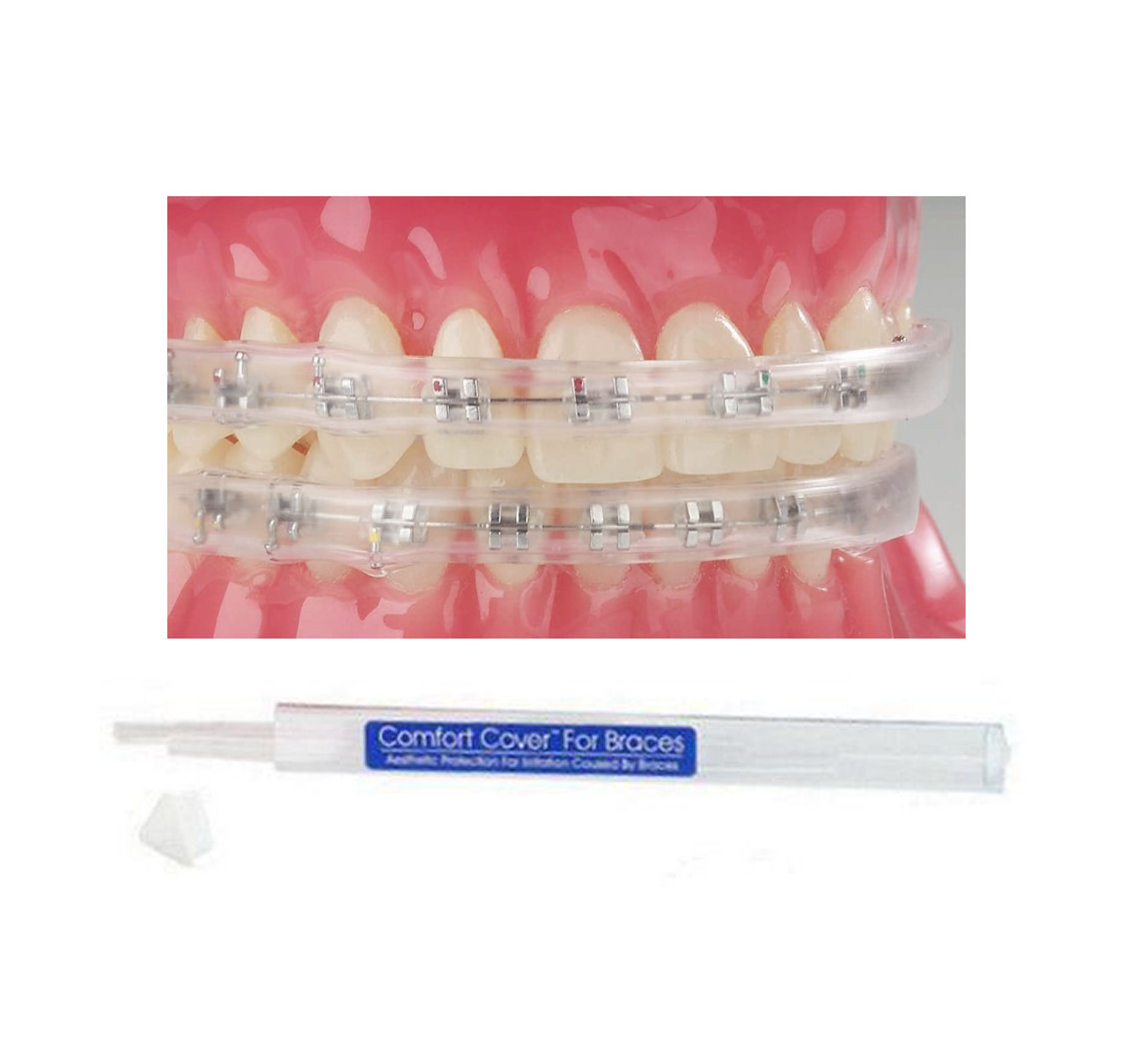Comprehensive Overview to Orthodontics Procedures for Fixing Oral Misalignments
Understanding the ins and outs of each procedure, including their mechanisms, benefits, and prospective downsides, is vital in making educated decisions about one's orthodontic treatment. As we navigate with the extensive overview to orthodontic procedures for fixing dental imbalances, the detailed information of each approach will certainly unfold, dropping light on the path towards a harmonious and practical oral alignment.
Orthodontic Procedures Summary

Along with clear aligners and standard dental braces, orthodontists might also suggest various other treatments like headwear, palatal expanders, or retainers to address certain alignment problems (cumming invisalign). These procedures are customized per patient's unique needs and might entail a mix of treatments to achieve the preferred results. Normal adjustments and tracking are crucial parts of orthodontic therapy to make sure progress is on track and to make any type of essential adjustments along the way. By undergoing orthodontic procedures, clients can not only attain a straighter grin however additionally boost their total oral wellness and feature.
Standard Braces: How They Work
When considering orthodontic treatments for oral imbalances, traditional dental braces stand out as a reliable method for fixing teeth positioning. Typical braces are composed of brackets, cords, and bands that work together to apply continual pressure on the teeth, gradually moving them right into the desired alignment.
As pressure is applied to the teeth via the braces, the bone surrounding the teeth is reshaped to sustain the brand-new tooth placements. Individuals will certainly need normal changes at the orthodontist's office to make sure the dental braces continue to apply the proper pressure for effective teeth movement.
Undetectable Aligners: Benefits And Drawbacks
Invisible aligners offer a very discreet and hassle-free choice to traditional braces for correcting oral misalignments. These clear, personalized trays are virtually unseen when worn, making them an attractive option for individuals looking for a more visually pleasing orthodontic therapy. One of the primary benefits of unseen aligners is their removability, permitting much easier upkeep of oral health compared to standard dental braces. Individuals can get rid of the aligners prior to consuming or brushing their teeth, lowering the threat of food getting embeded the device and simplifying the cleansing procedure.

Surgical Orthodontic Options
Surgical interventions in orthodontics existing sensible alternatives for attending to complicated oral imbalances that may not be successfully settled through conventional orthodontic treatments. While invisible aligners and traditional braces can fix lots of orthodontic problems, particular situations need medical intervention to attain ideal outcomes. Surgical orthodontic choices are usually recommended for extreme malocclusions, substantial jaw inconsistencies, and cases where the underlying bone framework requires alteration to attain correct positioning.
One typical medical orthodontic treatment is orthognathic surgery, which includes rearranging the jaws to remedy functional problems such as trouble speaking or chewing. This surgical procedure is commonly done in partnership with an orthodontist who assists line up the teeth prior to and after the procedure. Surgical orthodontics might likewise include procedures to subject impacted teeth, eliminate excess gum cells, or reshape the jawbone to develop an extra harmonious facial account.
Before considering surgical orthodontic choices, clients undertake dental clinic near me an extensive examination to figure out the requirement and possible advantages of such interventions. invisalign. While surgical treatment may seem daunting, it can substantially boost both the feature and looks of the smile in instances where standard orthodontic therapies drop short
Retainers and Post-Treatment Treatment

Post-treatment care involves complying with the orthodontist's instructions carefully. This may consist of correct dental hygiene practices, participating in follow-up consultations, and wearing the retainers as visit this site suggested. Failing to abide by post-treatment care directions can cause relapse, where the teeth gradually return in the direction of their original placements. Regular retainer wear, great dental health, and routine oral exams are necessary for keeping the outcomes achieved with orthodontic surgical procedure and making certain the lasting security of the fixed dental placement.
Conclusion
In conclusion, orthodontic treatments use numerous alternatives for fixing dental imbalances. Surgical orthodontic choices are offered for much more severe misalignments. Overall, orthodontic procedures can properly boost dental health and visual look.
As we browse through the detailed guide to orthodontic treatments for correcting oral imbalances, the complex information of each technique will unfold, losing light on the course toward a practical and harmonious oral placement. - cumming aligners
One of the most usual orthodontic therapies is the usage of braces, which consist of steel brackets and cables that use mild pressure to gradually shift teeth right into the wanted setting.When considering orthodontic therapies for oral imbalances, standard braces stand out as a tried and true method for correcting teeth positioning. Furthermore, unnoticeable aligners might not be appropriate for complex orthodontic concerns that require even more substantial family dentistry teeth motion, as they are commonly suggested for light to moderate instances. Retainers are customized orthodontic tools designed to hold teeth in their fixed settings after the conclusion of orthodontic therapy.